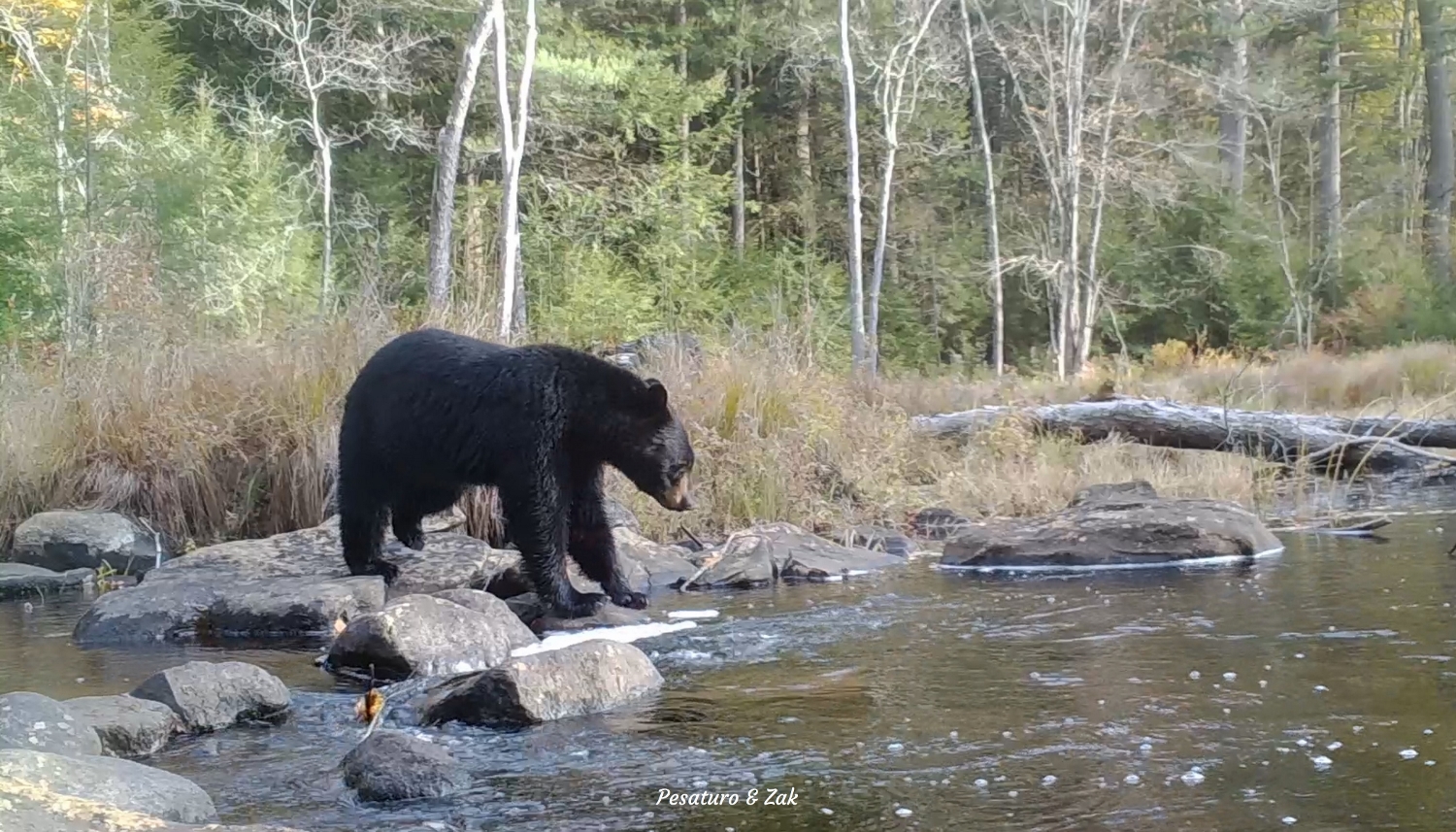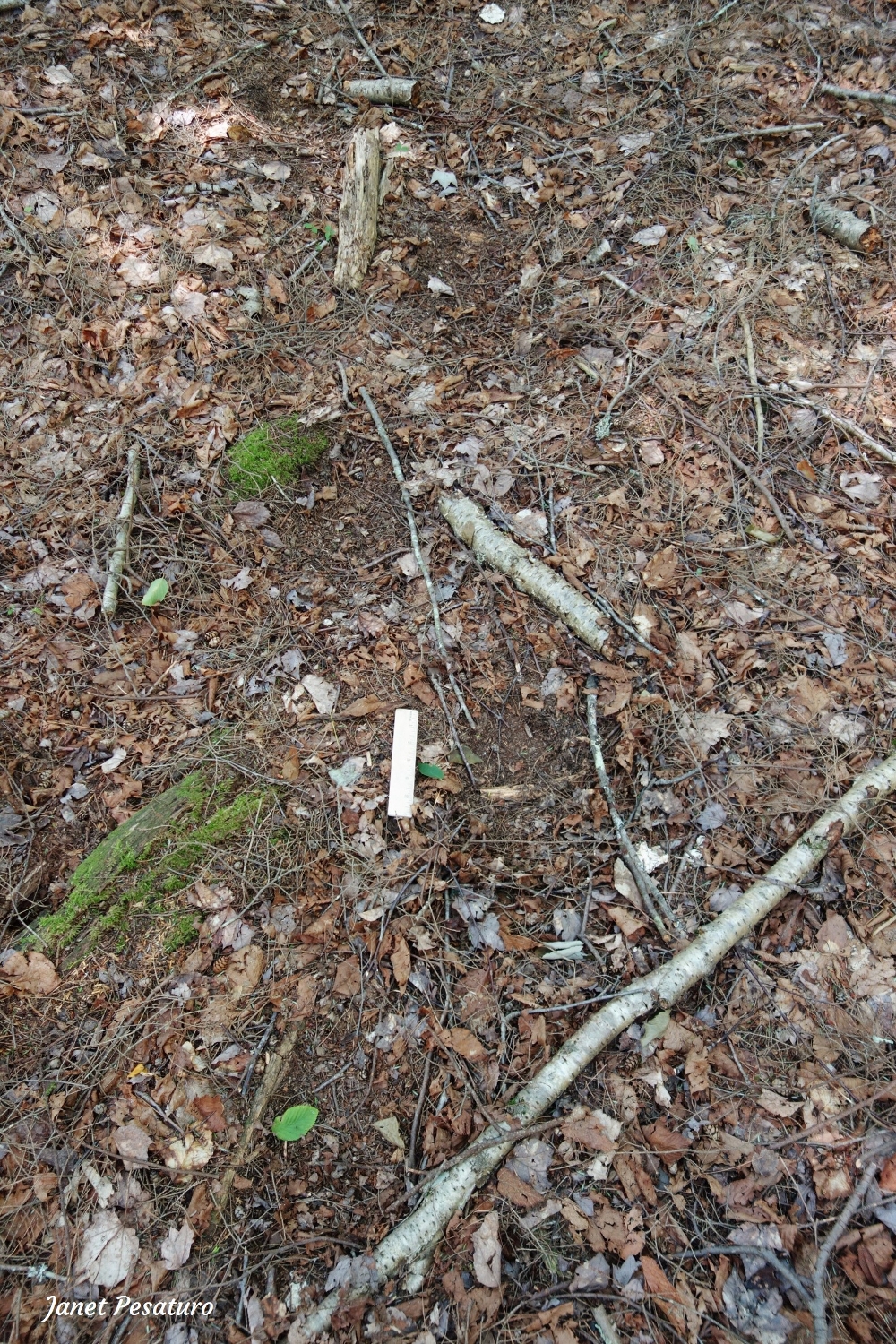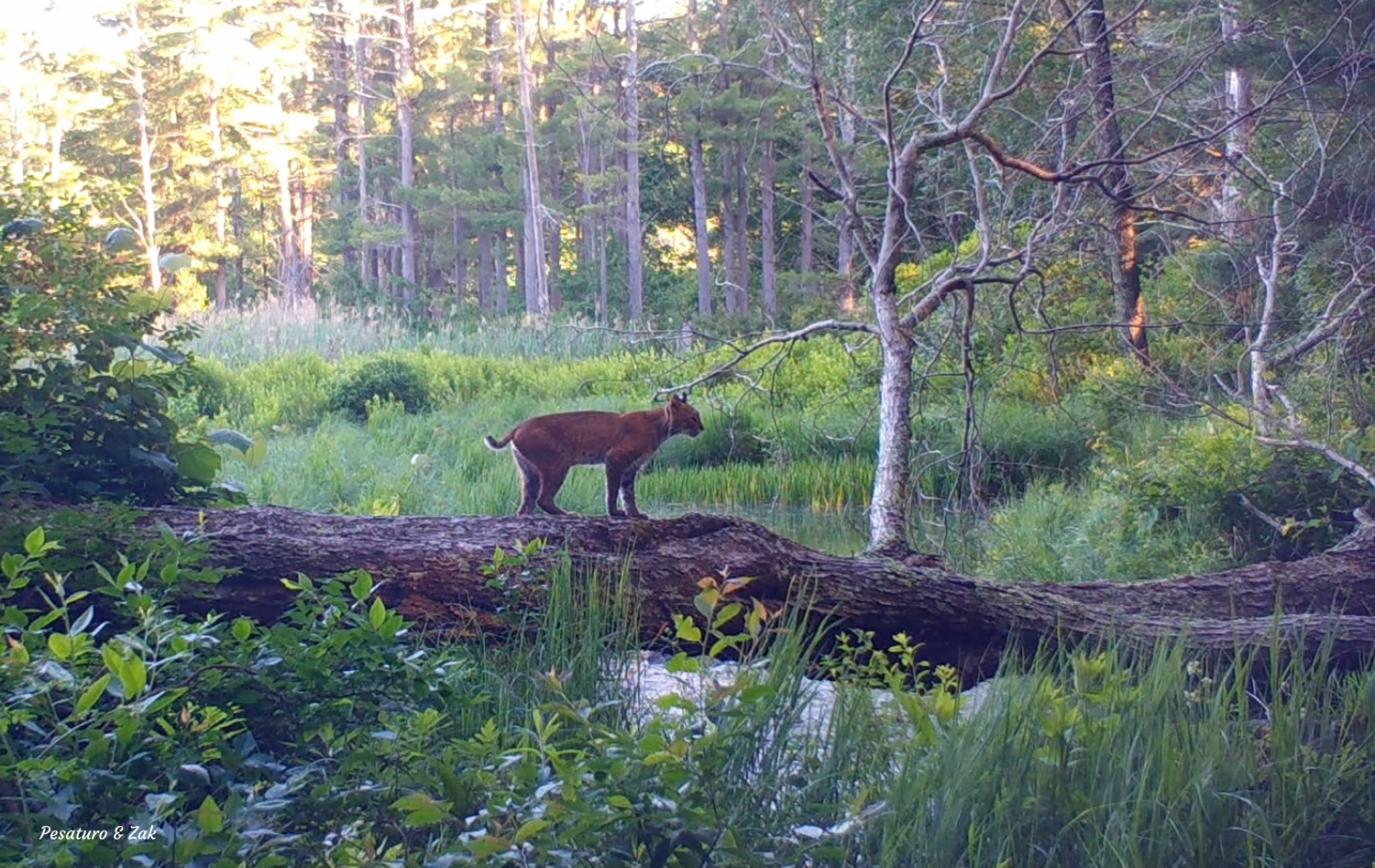Trail Camera Placement at Stream Mouth Crossings

Because it funnels animal travel, a good water crossing is a great place to camera trap a variety of animal species. A few years ago I wrote about Choosing a Good Bridge for a Trail Camera, where I suggested a beaver dam or large diameter log that spans a wide body of water. I still place cameras at such spots quite often, but I have since identified another factor that seems to predict popularity with wildlife: proximity of the crossing to the place where a river or stream meets a pond or lake. That is, the mouth of the river or stream. In this post I will discuss why trail camera placement at stream mouth crossings are productive, and show videos of three types – a log, a series of stepping stones and a shallow area near the mouth of a stream or river.
Why a Stream Mouth May be a Popular Crossing Point
Before we get to the videos I want to discuss why a crossing near a stream mouth might be popular with wildlife. The first thing to realize is that shore zones are well known to host an abundance and diversity of both aquatic and terrestrial plants and animals. The rich plant life is food and cover for many animals which are, in turn, food for other animals. Simply put, there are a lot of animals trying to make a living near ponds and lakes.
Second, when an animal – let’s say a bobcat – foraging within a shore zone needs a way to reach the other side of the pond or lake, the nearest crossing is likely to be near the stream mouth. To understand that, imagine a simple case in which a single stream empties into a lake with no outlet. We’re talking a lollipop configuration – one stream dumping into one big round lake.
The bobcat on a mission to reach the other side will travel along the shoreline in one direction or the other until it makes its way all the way around the candy part of the lollipop – the lake – or until it reaches lollipop handle – the stream. If it reaches the stream, our bobcat is likely to choose the first possible crossing it finds – perhaps a log. There may be many other crossings upstream, but there is no reason to expend additional energy to reach them if the first crossing is manageable. Therefore the chosen route will probably be the first easy crossing – the one closest to the mouth of the stream.Mout
Examples – Videos from Trail Camera Placement at Stream Mouth Crossings
1. Log Bridge Where a Stream Empties into a Pond
This large log crossing located at the mouth of the stream is used quite often by bears, bobcats, and raccoons, as well as an occasional coyote. The video below features a selection of clips of these species. This crossing is also frequently used by gray squirrels, but as they are ubiquitous, I did not include any of those clips.
2. Stepping Stones Where a Stream Empties into a Pond
This crossing, a series of stones, was also right at a stream mouth but my reason for placing a camera at this location had nothing to do with that. At the time it hadn’t occurred to me that animals might prefer crossings near stream mouths. Instead, I was interested in a collection of otter scat on the boulders – I was targeting an otter latrine. The otters did return but I did not include them in this video. Shown here are the bears, bobcats, and raccoons that used used this spot as a crossing.
3. Shallow Water Where a River Empties into a Lake
This very interesting spot is a shallow portion of a river several hundred feet upstream from the mouth. Typically the water is no more than a foot deep in summer but after we placed the camera, torrential rainfall caused the river to swell. This crossing is not a log, and not a series of stones. Bears simply walk through the water. What was the clue that this was indeed a crossing? A black bear stomp trail (a.k.a. marking trail, ritual trail). Here’s what the stomp trail looked like:

Amazingly, the stomp trail led right down the bank on one side of the river, and up the bank on the opposite side. Bears were clearly crossing at this spot. The camera did capture two bear crossings but after that, sadly, the tree on which the camera was mounted toppled.
Have you tried placing a camera trap at a crossing near the mouth of a stream or river? Please share your experiences, thoughts, and questions in a comment below.

For Further Reading:
Strayer, D. L. and S. E. G. Findlay. “Ecology of Freshwater Shore Zones.” Aquatic Sciences. 72 (2010): 127-163.

I was waiting to see if the moose crossed the log!!!
Haha, that would be tricky. The moose’s appearance did make me wonder if there’s something about stream mouths that moose like, though, because last year I cameras looking out into that same pond, hoping to get moose, and not one appeared.
How did you balance the decision to place the camera at the stepping stone and the bear stomp path crossing with the likelihood that the moving water in the stream would cause the camera to just constantly record the moving water? It does look like the water started out high in the stepping stone video and went down, maybe the water was low when you placed the camera? Thanks!
The videos don’t show all the clips and the clips they do show are not necessarily in chronological order. The water level at both the stepping stones and the bear stomp trail crossing was very low when the cameras were placed, and later rose after rainfall. There is always a risk of a lot of false triggering when the camera faces moving water, but sometimes it is worth taking that risk. In those two cases, I thought it was worth it because they were such interesting spots. Both did get a fair number of false triggers, but the triggering was by no means constant until (in the case of the stomp trail) the tree on which the camera was mounted, toppled, at which point the camera was looking directly down at the water.
I should mention that “false” triggering due to moving water is much worse when sunlight reflects off the water, towards the camera. I think so, anyway. To minimize false triggers due to moving water I try to face the camera as directly north was possible. The one at the stomp trail crossing was facing to the north. I think the one at the steppingstones was facing southeast – not good, but for most of the time the camera was there, the water level wasn’t that high, so “false” triggering wasn’t too bad.